Hidden treasures
Updated: 2015-05-23 06:59
By Wang Kaihao In Longshan County, Hunan Province(China Daily)
|
||||||||
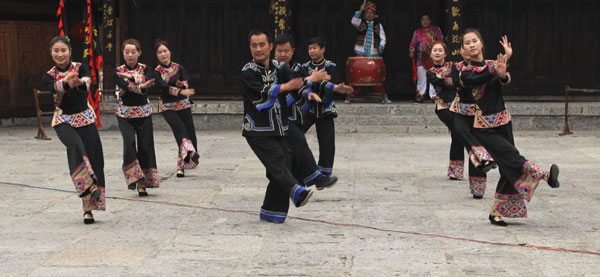 |
|
Traditional handwaving dance of Tujia ethnic group in Rebala.[Photo by Wang Kaihao/China Daily] |
Rich with history
The current layout of Liye was formed during the reign of Yongzheng (1723-35), and most surviving houses were built in the late 19th century. However, the town's history is much older. I didn't expect to find a great museum in such a small town with only 10,000 residents, but there is one - Liye Qin Slips Museum.
In 2002, archaeologists unearthed a city relic and more than 37,000 pieces of Qin Dynasty (BC 221 to 207) bamboo slips from several abandoned wells in Liye's riverbank. Only 10,000 Qin slips had been found in all of China prior to this major discovery.
When the war at the end of Qin Dynasty finally reached this town of crucial military importance, local officials decided to destroy all their documents by throwing them into wells.
Those slips record the history and social systems of the Qin Dynasty like an encyclopedia. They even include the world's earliest multiplication table, which is among about 300 slips now exhibited in the museum.
The areas surrounding Liye is more like a living museum. A village cluster called Rebala is generally considered to be the best preserved Tujia ethnic group community in Xiangxi.
A rugged one-hour trip in a minibus in the rain from Liye to Rebala is unpleasant. However, I soon find myself being welcomed by hospitable villagers toasting rice wine by the front gate of their fortress and suddenly the rough journey feels worthwhile.
The rains stop and we relax enough to cross a timber bridge across the water, and take a walk amid traditional Tujia diaojiaolou (literally means "foot-hanged buildings"), and view the backdrop of green mountains half-shrouded in fleecy mist.
Villagers do not hesitate to perform folk songs for us. A local opera called laliuzi without any lyrics is interesting. Performers only use gongs to create different sounds. More than 70 different musical scores of the opera survive.
When the short performance ends, we cannot help but join the Tujia people's famous hand-waving dance, not to mention a fabulous dinner in the village. We immediately fall in love with the iconic Xiangxi bacon. I have heard about the delicate Tujia tapestry for a long time and so I feel slightly disappointed to discover the village's leading tapestry weaver is in the city for a conference about intangible cultural heritage.
- Egrets in Longshan scenic spot in North China's Hebei
- Picturesque spring scenery in Bomi county in Tibet
- Yushan: Small Chinese county hosts international billiards event
- Spring turns thermometer back to winter in Hunan
- Vibrant heritage of Hunan crafts
- National Folk Arts and Crafts Exhibition held in Hunan
- Building collapse in Guizhou caused by landslide: govt
- Xi welcomes Japan delegation but warns against historical distortion
- Chinese Vice-Premier stresses flood control
- China to draft more social work standards to improve service
- Hospital fee adjustments won't raise medical bills
- Newspaper tells staff to start own business

 Colombia: A birdwatcher's paradise
Colombia: A birdwatcher's paradise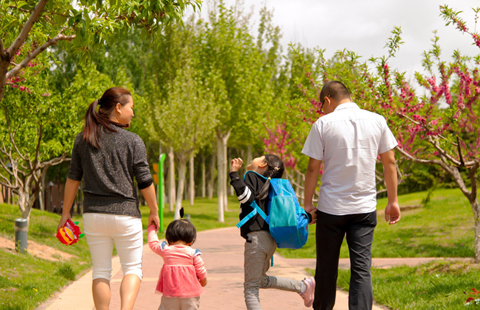
 Journey of a migrant girl from village to ad world
Journey of a migrant girl from village to ad world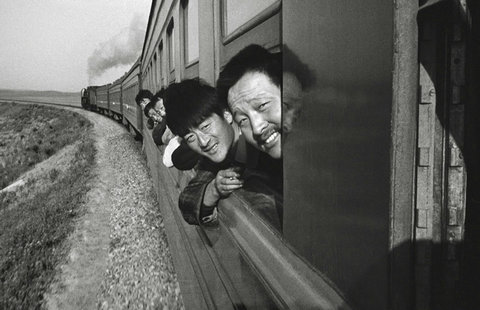
 Photographer captures Chinese on the train
Photographer captures Chinese on the train
 Hou Hsiao-Hsien's The Assassin premieres in Cannes
Hou Hsiao-Hsien's The Assassin premieres in Cannes
 Top 10 highest-paid white-collar jobs in China
Top 10 highest-paid white-collar jobs in China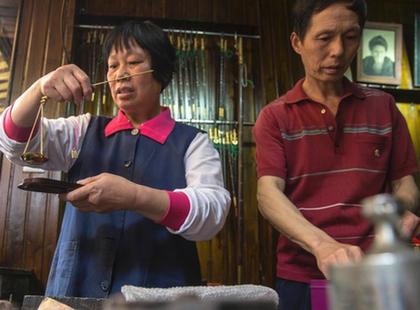
 The dying craft of balance scales
The dying craft of balance scales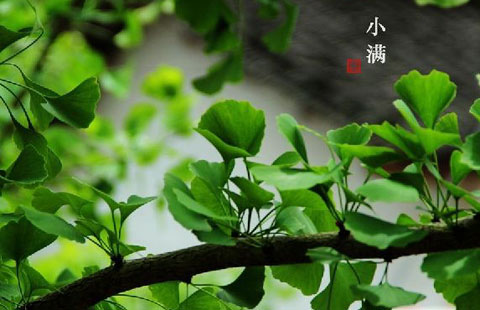
 Culture Insider: Six things you may not know about Grain Buds
Culture Insider: Six things you may not know about Grain Buds
 Premier Li rides on new China-made train in Rio de Janeiro
Premier Li rides on new China-made train in Rio de Janeiro
Most Viewed
Editor's Picks

|

|

|

|

|

|
Today's Top News
China, Peru agree on feasibility study on transoceanic railway
China manufactures first
car for US market
Wisconsin hopes to make cheeseheads in China
China, Peru to diversify trade focus
Li: 'Great potential' for Sino-Colombian ties
Green-tea flavored coffee: a simile for cultural ties
Beijing responds to surveillance by US plane
Beijing sets out its rights after reports of incursion
US Weekly

|

|






